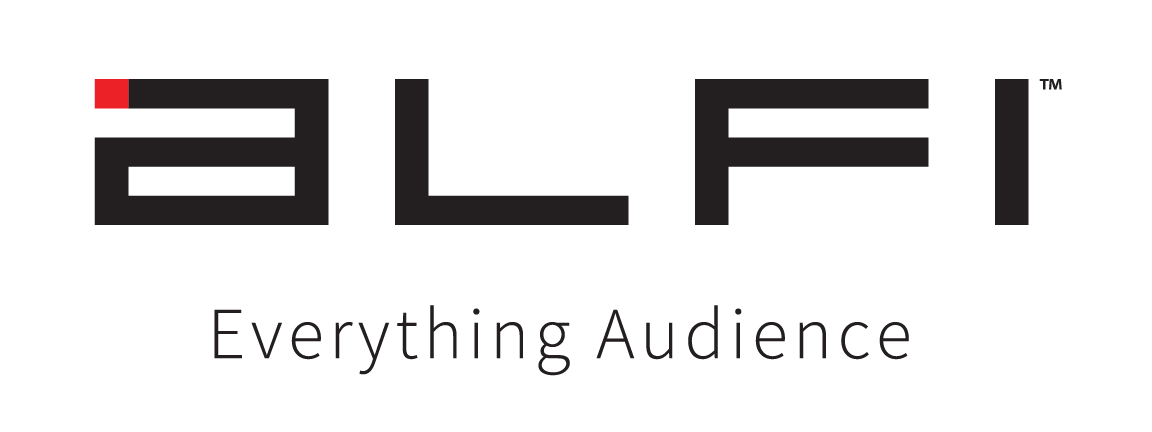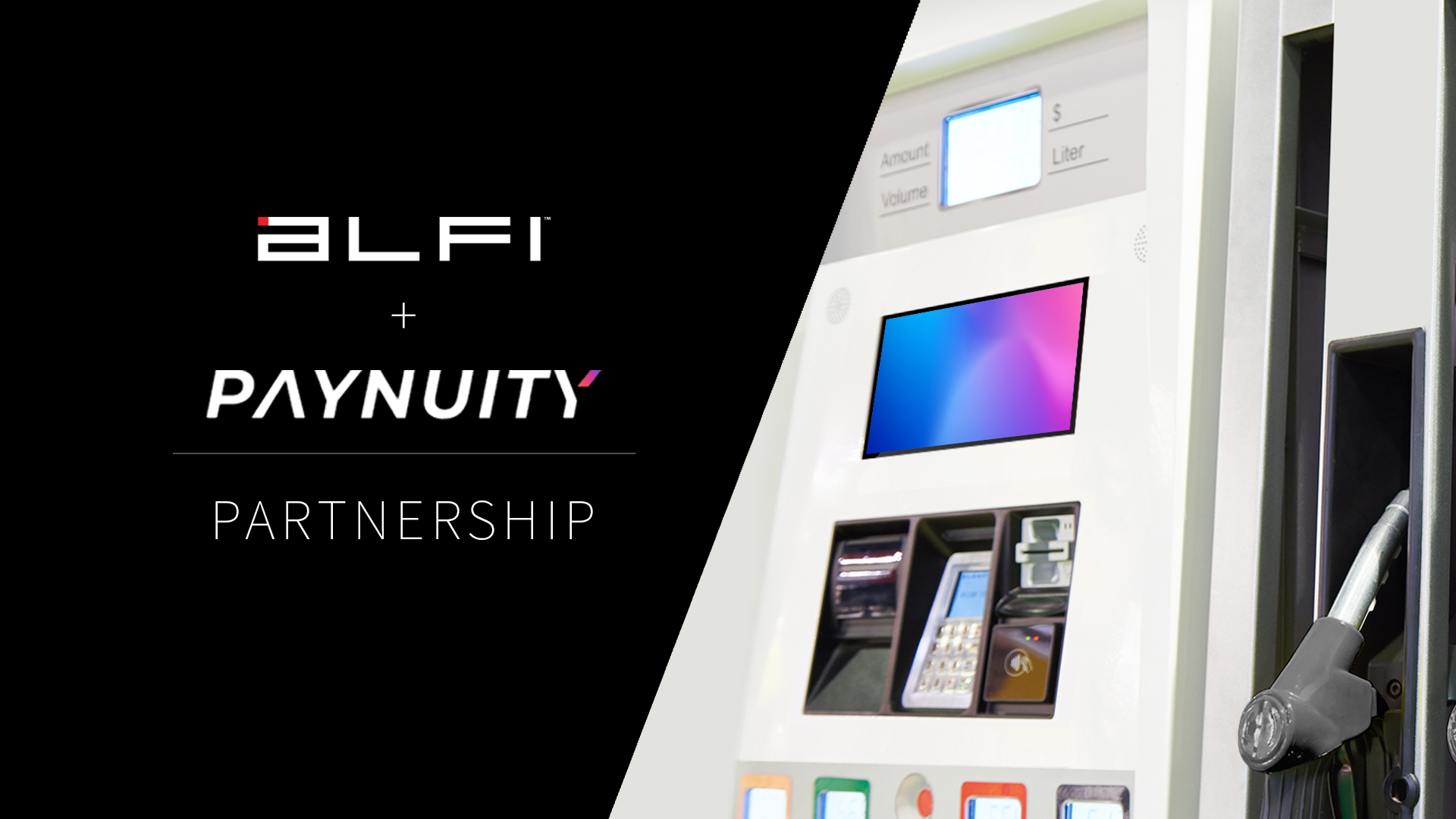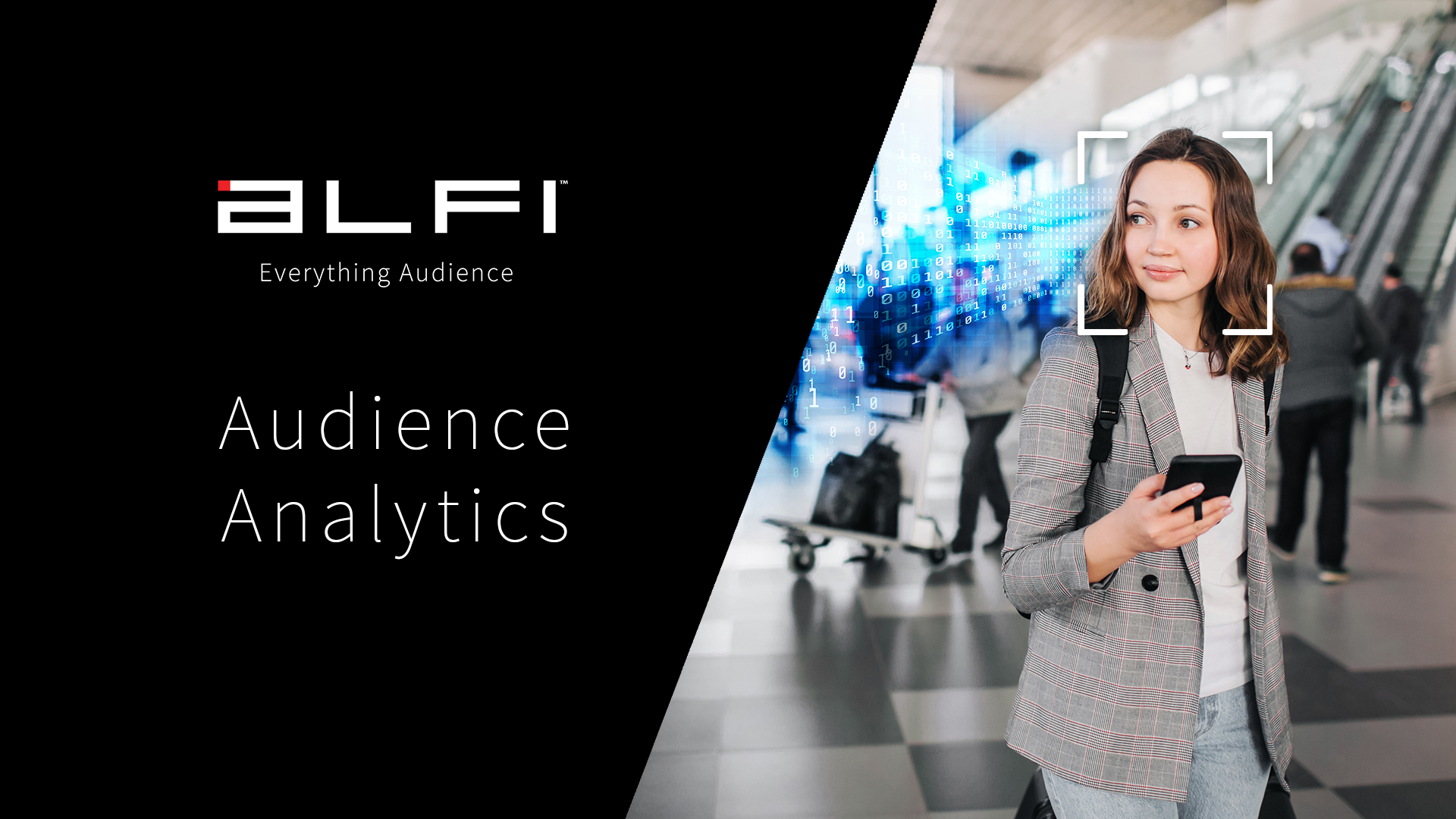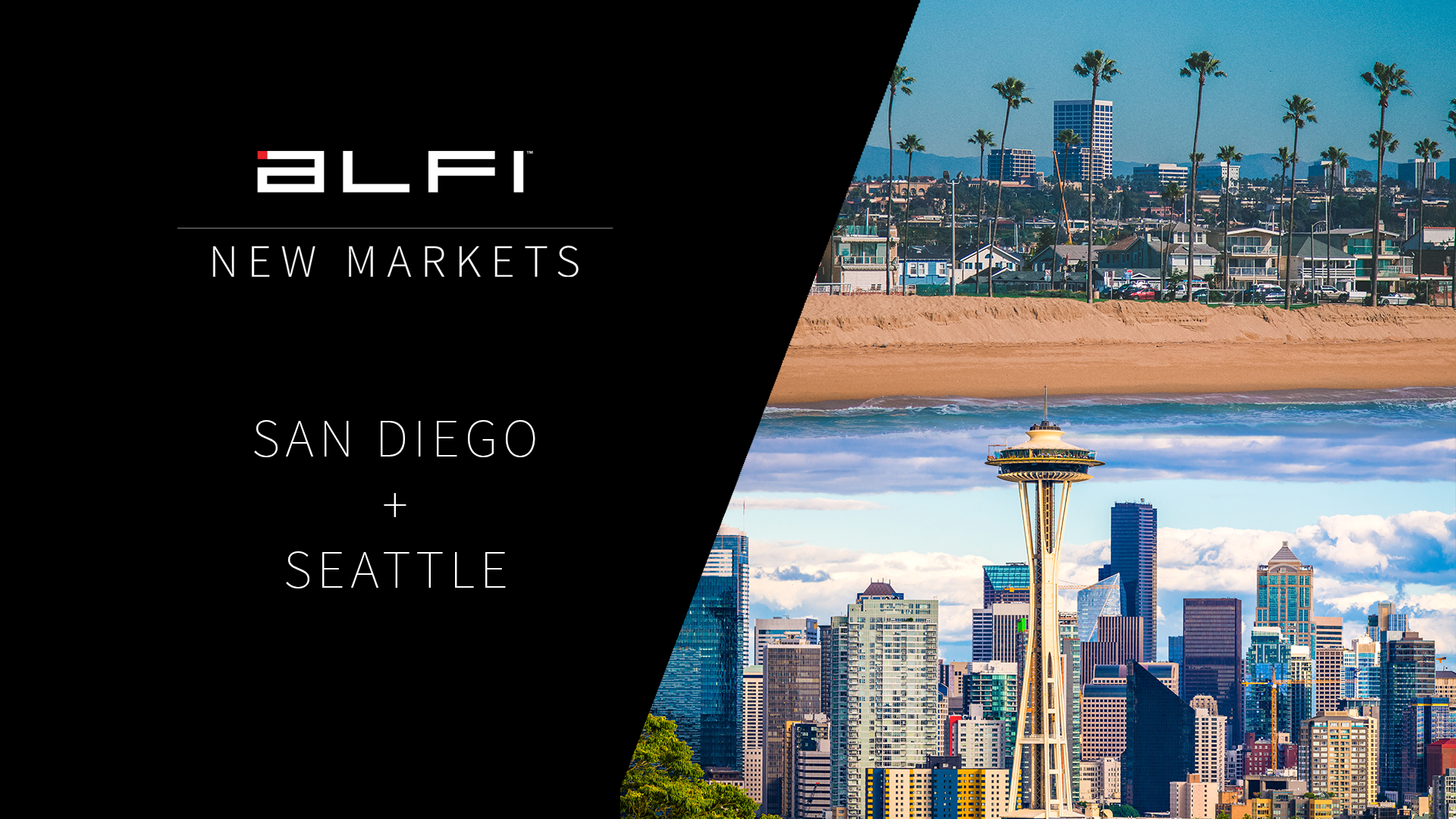The way businesses and brands reach their target demographic is constantly evolving and improving.
The industry of this, is essentially Ad Tech. Advertising has been around as long as businesses have been, but ad tech is responsible for the evolution of how these businesses reach their customers.
This is why no matter what industry or section of advertising you’re in, it’s crucial for today’s marketers and media buyers to have a sound understanding of ad tech, the way it operates, and how to best utilize it for your businesses.
There is a LOT to cover in regards to ad tech, from the networks ads can be run on, to understanding new aspects of advertising such as RTB (real-time bidding) and programmatic. In this short guide, we’ll be covering all of the basics surrounding ad tech and how to utilize it for your business, along with a glossary of the most used terms for ad tech and DOOH (digital out-of-home.)
What is Ad Tech?
In a nutshell, ad tech stands for advertising technology. The definition simply refers to the use of technology to buy, sell, and manage digital advertisements.
Ad tech is responsible for a majority of the improvements in the advertising industry, such as introducing automated bidding, real-time analytics, and several new forms of advertising such as RTB and programmatic.
The ecosystem of ad tech includes:
- Advertisers
- Demand-side platforms
- Ad Exchanges
- Supply-side platforms
- Publishers
Ad tech is deeply ingrained in all aspects of the landscape for today’s marketers and media buyers. Each of these segments relies on ad tech for modern-day advertising and marketing solutions, in both the demand and the supply side, as well as consumers. Virtually every digital ad platform you use, from Facebook to niche ad solutions, are utilizing some form of ad tech.
Benefits of Ad Tech
There are several benefits of utilizing ad tech-based platforms over traditional physical advertising such as static billboards and print-based marketing, including:
- Relevant Targeting and Delivery
One of the key benefits of ad tech is its ability to provide relevant and focused consumer targeting. Most ad platforms will collect or organize consumer data in order to provide targeting that’s relevant, focused, and effective for the media buyer and their specific campaign.
- Connected Advertising Networks
Prior to innovations in ad tech, each campaign from a brand was separated and led to an increase in time and resources spent creating, managing, adjusting, and analyzing campaigns.
Cross-platform integrations ensure that brands can effectively manage and run all of their campaigns, and collect and review data all in one place for a concise and effective advertising solution.
- Retargeting
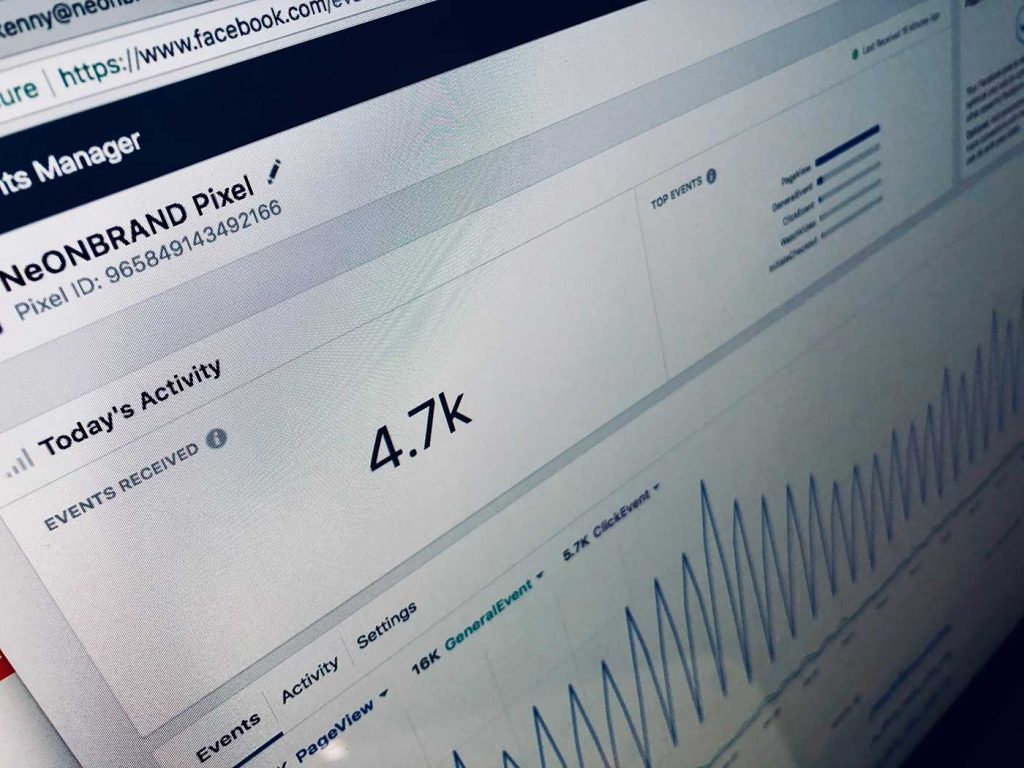
Ad tech is also responsible for the growing increase of retargeting, which now can be associated with nearly 90% of all advertising spend. Retargeting allows brands and media buyers to deliver ads to consumers who have previously viewed or engaged with the brand or their ads, leading to more effective conversions in the sales cycle.
The constant evolution of ad tech and how it improves all aspects of advertising through dedicated platforms and integrated tools means advertising will continue to get smarter, and more effective, making it a crucial component of advertising now and for the foreseen future.
Types of Ads
As consumers, we are exposed to ad tech on a daily basis through the various forms of digital ads in today’s marketplace.
Some of the most popular and effective types of ads include:
- Display ads
Display ads incorporate virtually all visual-based ads. Including ads that feature images, text, banners, wallpapers, popup ads, animated, and video ads.
These types of ads are most frequently displayed on third-party websites that match the audience and content of the website.
- Social media ads
Social ads consist of any platform native advertising that’s displayed across social media channels. Currently, the most popular and effective platforms to run advertising campaigns on are Facebook, Instagram, YouTube, and Twitter.
Social media ads can consist either of fully developed campaigns created on the platforms, or already existing posts that can be “boosted” to a target demographic.
- DOOH
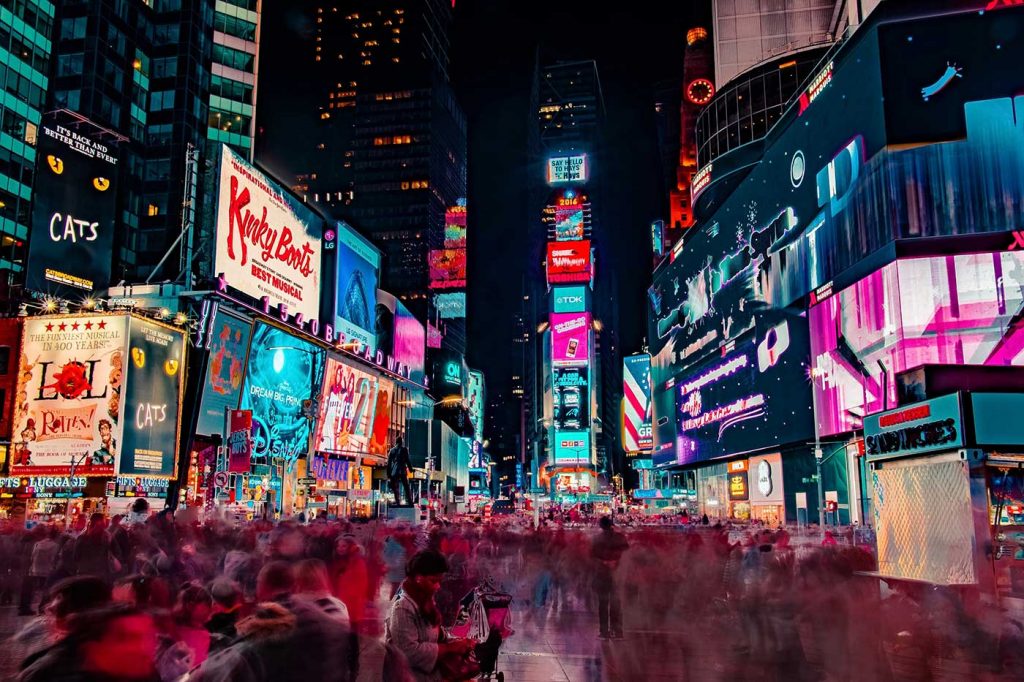
Digital Out-Of-Home (DOOH) advertising is as a marketing channel where promotional media is dynamically and digitally displayed in outdoor (out of home) public spaces and utilizes many of the same, if not more, integrations of ad tech as it’s strictly digital counterparts.
- Search engine marketing
Also referred to as SEM, this refers to advertising based primarily in search engines such as Google, powered by the keywords people use to search for things.
There are two major ways that search engine marketing operates; Pay Per Click (PPC) and Cost Per Thousand (CPM). In PPC advertising, you pay every time an ad is clicked on or engaged with, and CPM refers to a flat rate cost per thousand impressions.
- Native advertising
Native ads are essentially the opposite of display ads and are integrated directly into the platforms that they’re displayed on, often with the intent of not appearing as an ad at all.
This can include anything from sponsored blog posts, to mentions in youtube videos, and more. Some of the other forms of native advertising can include in-feed promotional posts, recommendation widgets, promoted listings and more.
- Video ads
Video ads are used for a variety of purposes and most of the time are utilized to explain a product, service, or provide information in more depth than a standard digital display ad could convey.
Effective video ads can include well produced content, comedy elements, or a well crafted offer.
There are many channels that dominate in video ads, with YouTube leading the market, followed by Facebook and other social media platforms.
- Email marketing
Often overlooked, email marketing is also an essential type of digital ads, and one of the most effective as you’re delivering information and promotions to consumers who have already bought or expressed interest in your brand.
Ads in email marketing can be displayed as offers that live directly in the email, or funnels that lead to websites and other areas where recipients can be converted into customers.
Key Advertising Metrics
To fully understand ad tech and the ways that digital ads are created and managed, it’s essential to understand the key metrics that campaigns are based on.
Some of the most important metrics for traditional digital ads and DOOH include:
- Clicks
The main metric of digital ads, and refers to anytime an ad is clicked on. These clicks can lead to anywhere, oftentimes the next stage in a brands marketing funnel which can include websites, forms, product pages, eBooks, etc.
- Conversions
Conversions are simply the number of post-click actions that fulfill the advertisements goal such as making a purchase, filling out a form, signing up for an email list, etc.
Ads can be customized and specialized with appropriate CTA’s, and other elements that relate to the conversion goal for the campaign.
- Impressions
Impressions count as the amount of times an ad has been displayed and viewed on any platform, but does not account for clicks or engagements. This is often referred to as the “total reach” of a campaign.
- Viewable Impressions
This is the term for the number of impressions where the ad or content was displayed and viewed for at least two seconds, making it slightly more valuable than a standard impression.
- Video Views
This simply refers to how many times a video ad was viewed, and can be further broken down by percentage of completion of the ad, or if the ad was skipped or not.
- Cost Per Action (CPA)
CPA can be found by dividing the total cost of ad spend by actions or conversions.
- Cost-per-click (CPC)
CPC can be found by dividing the total cost of ad spend by the total number of clicks.
- Cost-per-mille (CPM)
CPM is calculated by dividing the total cost of ad spend by each thousand impressions. For example, 1M impressions at a set rate of $1K would be a CPM of $1.00.
- Click-through-rate (CTR)
CTR is calculated by dividing total amounts of clicks by total impressions, or the average rate that people who see an ad actually click on it.
- Conversion Rate
Conversion rates can be found by dividing the total amount of conversions by the total amount of clicks, or the average rate that people fulfill the desired conversion action after clicking on an ad.
How Are Digital Ads Purchased?
Media buyers and advertisers typically purchase ads in one of three main methods, including:
- Ad networks/demand-side partners
These networks or demand-side partners who own the digital real estate can provide immediate access to inventory for display, DOOH, and other types of ads. While the ad itself may be displayed over hundreds of different websites and platforms, the media buyers only react with one publisher, removing the need to manage individual campaigns.
2. Direct deals with publishers
Individual deals are created and integrated directly with publishers who can provide custom ad placements, ad units, advanced targeting, and other benefits.
These are different from standard ad networks as they typically have special circumstances and requirements, different from set rates.
3. Self-serve advertising platforms
Self-serve ad platforms are amongst the most popular methods for buying and managing ads in today’s marketplace including those offered by ad giants like Facebook, Google, and others.
How Do Ad Platforms Target Consumers

Ad platforms target consumers based on several aspects of consumer data and online behavior. Which can range from demographic information such as age and location to their most frequent buying habits and related interests.
It’s this type of data collected by ad tech integrated platforms that allow for hyper-focused targeting and delivery of ads.
DOOH and Ad Tech Glossary
Whether you’ve been in the industry for years, or just making your first introduction to the ad tech and DOOH space, keeping up with all of the terms and jargon can be tricky. Yet it’s the first step to being able to efficiently work in the space, and run successful and informed campaigns.
A
Activation: The purchase and integration of a campaign, which is typically determined by factors such as buying convenience, location, price, promotion.
Ad Audience: The total reach and demographic information that a campaign targets.
Ad Exposure Frequency: The amount of times a single consumer will be exposed to an DOOH ad.
Ad Exposure Time: The total amount of time spent watching, viewing, or interacting with an ad.
B
Bandwidth: The range of available frequencies that can be encoded and decoded in a video ad, often relates to the speed capacity of a campaign. IE: how fast can the ads load?
C
Channel: A preset network of communication outlets. In terms of DOOH, this refers to the network of platforms that an ad can be displayed on.
Cloud-based: The application that displays your DOOH campaigns lives universally accessible on the Internet, instead of a stand alone server.
Content: The “meat” of an ad. The media, pictures, copy, video or audio that is presented on DOOH platforms.
D
Demand: The overall desire for a product or service. Demand is a big factor of buying decisions, and can typically be assessed by impressions, surveys, and other data.
Digital Advertising Networks: Companies that own networks of DOOH displays for media buyers and brands to run ads on. Examples include grocery stores, malls, billboards, etc.
Digital Billboards and Displays: Billboard’s infused with LED or LCD technology as well as DOOH software in order to run and display digital ads.
Digital Display Sign: TV, LED, or LCD signs that display DOOH ads, that replaces static billboards and posters.
Digital Out-of-Home: Out-of-home advertising, also called outdoor advertising, outdoor media, and out-of-home media, is advertising experienced outside of the home.
Digital Signage Software: Internet-based (cloud) or standalone software that drives the operation of DOOH platforms.
E
Ethernet: A local-area network (LAN) architecture uses a bus or star topology and supports data transfer
Eyes-On: A measurement used to predict the amount of reach or “eyes” an ad will receive based on relevant data.
F
Frequency Distribution: The percentage of people reached at each level of distribution of a campaign.
G
Gross Impressions: Gross impressions are the sum of impressions delivered or registered by an out-of-home (OOH) or billboard advertising campaign against a target audience based on a GRP level of days or weeks in a schedule.
I
IP Address: Internet Protocol Address
Impressions: An impression is a metric used to quantify the number of digital views or engagements of a piece of content
K
kHz: Kilohertz, also known as thousands of cycles per second, a popular metric for tracking speed times.
Kiosk: A device that is interactive in nature and displays information, content, or advertisements.
L
LCD: Liquid Crystal Display
LED: Light Emitting Diode. Used in most DOOH display platforms.
M
Multichannel player: Provides the ability to send multiple streams of content to several display devices.
P
Playlist: A schedule of content to be run on a DOOH platform, made up of order and duration of the content.
Playlog: A record of the content played on DOOH systems, often includes system performance and analytics.
R
Resolution: The clarity and detail of an image, most typically measured in dpi.
S
Streaming: Content and information that can be accessed or delivered live over the internet, without living on a singular storage device.
T
Triggered Content: When a certain action takes place, triggered content will display over any pre-scheduled or currently placed content on a DOOH platform.
Z
Zip: A data format that holds many files compressed into one folder, useful for transferring or downloading large files of information. Content is often loaded into zip files.
Zone: Designated areas on the screen to place content or copy.
